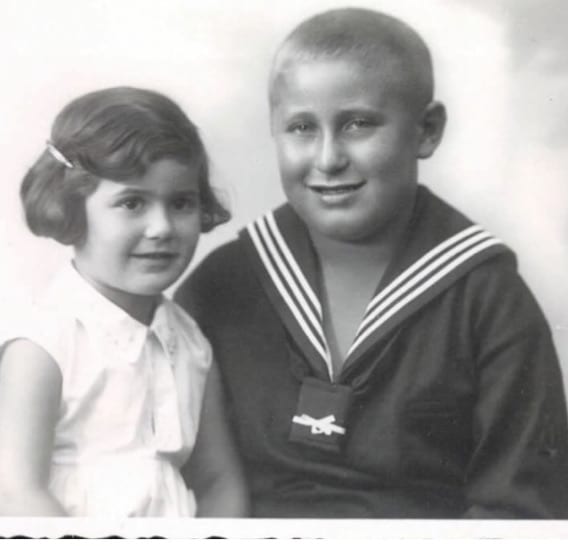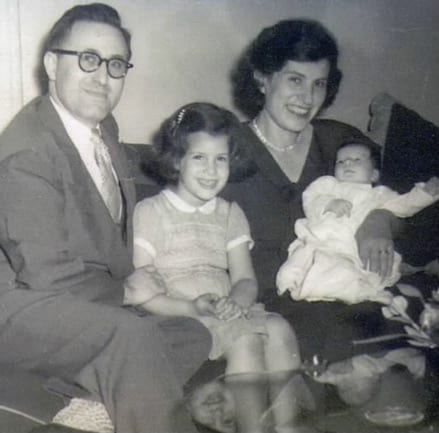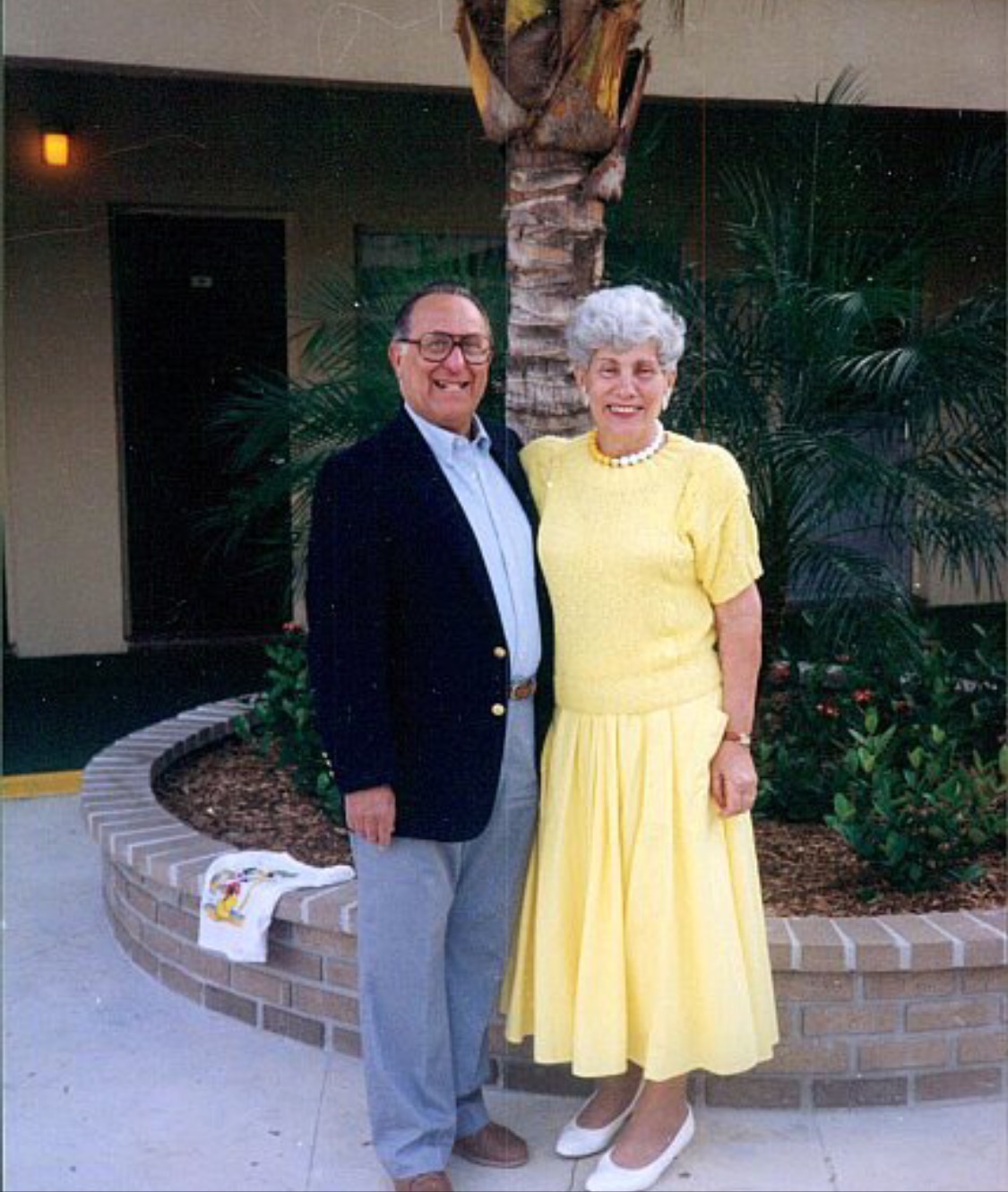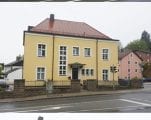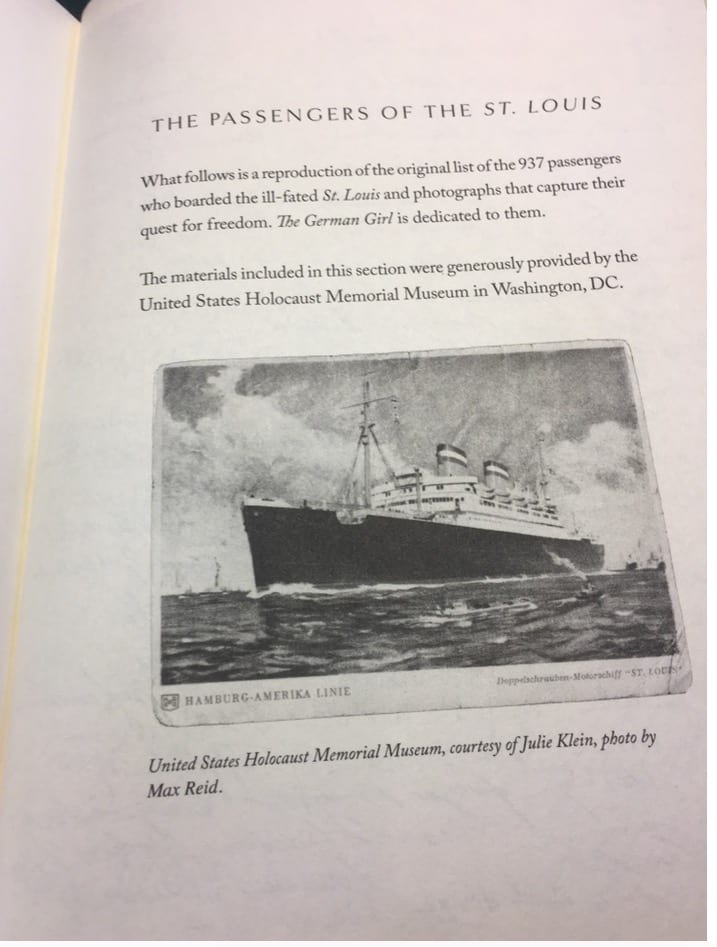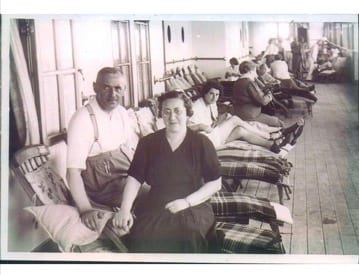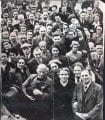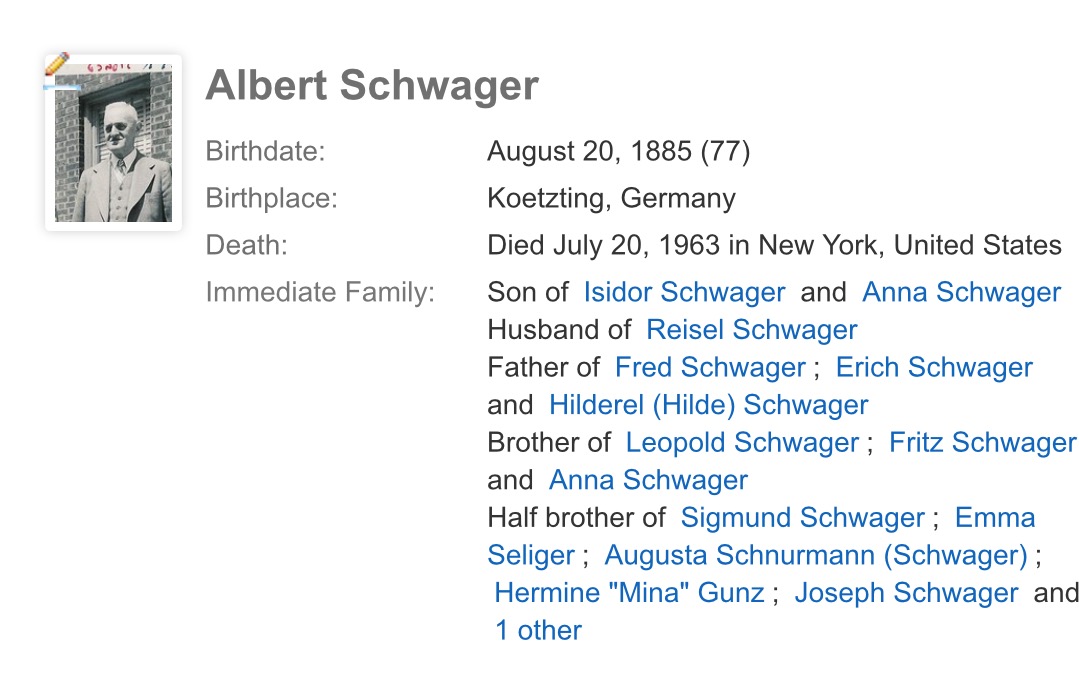- Local Survivor registry
- FRED SCHWAGER
- Local Survivor registry
- FRED SCHWAGER
Survivor Profile
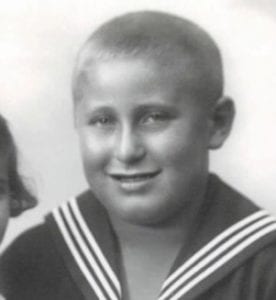
FRED
SCHWAGER
(1920 - 1992)
PRE-WAR NAME:
FRITZ SCHWAGER
FRITZ SCHWAGER
PLACE OF BIRTH:
CHAM, GERMANY
CHAM, GERMANY
DATE OF BIRTH:
JUNE 20, 1920
JUNE 20, 1920
LOCATION(s) BEFORE THE WAR:
CHAM, GERMANY
CHAM, GERMANY
LOCATION(s) DURING THE WAR:
NEW YORK CITY
NEW YORK CITY
STATUS:
SURVIVOR, REFUGEE
SURVIVOR, REFUGEE
RELATED PERSON(S):
MARGOT SCHWAGER - Spouse (Deceased),
HARRIET SCHWAGER ROSEN - Daughter,
DAVID ERIC SCHWAGER - Son,
RENEE SCHWAGER - Daughter,
GENE ROSEN - Son-in-law (Deceased),
MICHAEL ROSEN - Grandson,
JEFFREY ROSEN - Grandson
-
BIOGRAPHY BY NANCY GORRELL
Fred Schwager was born on June 20, 1920 to Resi and Albert Schwager. His father owned a shoe factory in the Bavarian town of Cham, Germany. They had three children. The youngest, Eric had a childhood illness and died as a young child. The middle child was a girl named Hilda. In 1937 when she turned 13, Fred’s father was taking a walk with her after a family celebration, and she was hit by a truck of Nazis and was killed. After that incident, in 1938, they sent Fred to the United States to live with his aunt in Washington Heights, New York. He was 17 years old. He went to night school at George Washington High School in Washington Heights and got his diploma that year.
After Kristallnacht, his parents boarded the infamous St. Louis seeking safety from Nazi Germany. They headed to Cuba first and Cuba denied entry, so they went to Miami. The United States turned them around. They were given the choice of going to England, Belgium, Holland, France or back to Germany (Note: refer to historic photographs of Resi and Albert on the St. Louis in Related Media). Fred’s parents cabled him in New York and asked him what to do. He said, “You always wanted to learn English.” So they went to England. Fortunately, because of that decision, they survived. They stayed in England for six months. Albert had an aunt living in the U.S. who vouched for them and they were able to emigrate from England to the United States. They were able to get their own apartment. Fred was finally reunited with his parents and living with them. (Note: Refer to historic photos of the St. Louis and Resi’s and Albert’s immigration documents in Related Media).
Fred got a job in a shoe factory showing workers how to use the sewing machines. Margot was one of those workers. They were married in 1945 and subsequently had three children: Harriet, named after Fred’s deceased sister, Hilda, and Renee, born in 1951, and David, born in 1963. Fred’s mother had three siblings, and they all managed to come to the United States. They all lived within a block from each other in Washington Heights during the immediate post-war years. Eventually, Fred was transferred to Pennsylvania to run a shoe factory. He moved his family to Kingston, Pennsylvania in the early 1950s. Harriet recalls in her interview that her grandfather was very quiet and solemn man. He never talked much about the Holocaust. Her grandmother talked a little about the St. Louis and her stories were always very negative and sad. After the mini-series on TV about the Holocaust (1978), Harriet remembers her parents beginning to talk about the Holocaust. Fred passed in Pennsylvania in April 1992.
Refer to Historical Notes “St. Louis” Below.
-
SURVIVOR INTERVIEW:
INTERVIEW OF FRED (FRITZ) SCHWAGER WITH HARRIET ROSEN, DAUGHTER
Date: October 2, 2017
Location: Residence of Harriet Rosen, Bridgewater, New Jersey
Interviewer: Nancy Gorrell
Q: Describe your father’s family background.
My paternal grandparents owned a shoe factory in the Bavarian town of Cham, Germany. They had three children. The youngest, Eric had a childhood illness and died as a young child. The middle child was a girl named Hilda. In 1937 when she turned 13, my grandfather was taking a walk with her after a family celebration, and she was hit by a truck of Nazis and was killed. It was after that incident when they sent my father to the United States to live with his aunt in Washington, Heights, New York.Q: He was 18 years old at the time?
Yes.Q: What was life like for your father in Washington Heights?
My grandparents were very comfortable. So my father did not have to get a job right away. He went to night school at George Washington High School in Washington Heights and got his diploma in 1939. By this time Kristallnacht (November 1938) had happened.Q What happened to his parents back in Germany during Kristallnacht?
Their shoe factory was destroyed, and on May 1939, his parents, Resi and Albert boarded the St. Louis heading to Cuba first. Cuba wouldn’t take them, so they went to Miami and Roosevelt wouldn’t take them, so they were given the choice of going to England, Belgium, Holland, France or back to Germany (Refer to historic photographs of Resi and Albert on the St. Louis in Related Media).
Q: What happened to them on the St. Louis?
They cabled my father in New York and asked him what to do. He said, “You will want to learn English.” So they went to England. Fortunately, because of that decision, they survived. There were 937 people on the ship. It left Germany in May 1939 and returned in June. My grandparents were in England for only 6 months and then they were able to go to the United States. They had one aunt living in the United States to vouch for them. They were immediately able to get their own apartment and then my father moved in with them. (Refer to historic photos of the St. Louis and Resi’s and Albert’s immigration documents in Related Media).Q: Did your father ever talk about what it was like to reunite with his parents?
I don’t remember.Q: How did your father and mother meet?
My father got a job in a shoe factory in New York City. He taught people how to use the sewing machines. One of his students was my mother. That’s how they met. They got married in January 1945, and I was born in November 1945. I was named after Hilda, my father’s sister. My sister Renee was born in 1951. My brother, David was born in 1963.Q: Who survived in your father’s family?
My grandfather was one of nine children. My grandfather and one other came to America and two of my grandfather’s brothers went to Israel and the other five all perished in the Holocaust. My father’s mother had three siblings and they all managed to come to the United States. They all lived a block away from each other in Washington Heights.Q: Do you have any memories from those early post war days?
I do I have wonderful memories. We all lived in Washington Heights. Everyone lived within one or two blocks of each other. I had wonderful childhood memories. My father was transferred to Pennsylvania to run a shoe factory. My mother was heartsick to leave her family. We moved to Kingston, Pennsylvania when I was in 2nd grade.Q: Did your grandparents ever talk about the Holocaust to you?
My grandfather was very quiet and solemn. He never talked about it. My grandmother, she cried a lot. She always talked about “my Hilda.” My grandmother talked a little about the St. Louis and her stories were always very negative and sad. After the mini-series on TV about the Holocaust (1978), my parents began talking about it. This was before Schindler’s List. My paternal grandparents are the only grandparents I knew. My grandfather passed in 1963 at age 76 and my grandmother passed 1972 and she was 85. -
HISTORICAL NOTES:
“St. Louis”
World War II prompted the largest displacement of human beings the world has ever seen—although today’s refugee crisis is starting to approach its unprecedented scale. But even with millions of European Jews displaced from their homes, the United States had a poor track record offering asylum. Most notoriously, in June 1939, the German ocean liner St. Louis and its 937 passengers, almost all Jewish, were turned away from the port of Miami, forcing the ship to return to Europe; more than a quarter died in the Holocaust. Government officials from the State Department to the FBI to President Franklin Roosevelt himself argued that refugees posed a serious threat to national security.
-
Sources and Credits:
Credits:
SSBJCC Survivor Registry Interview, October 2, 2017, Interviewer: Nancy Gorrell; Biography by Nancy Gorrell; Digital historic and family photographs and documents donated by Harriet Schwager Rosen.


